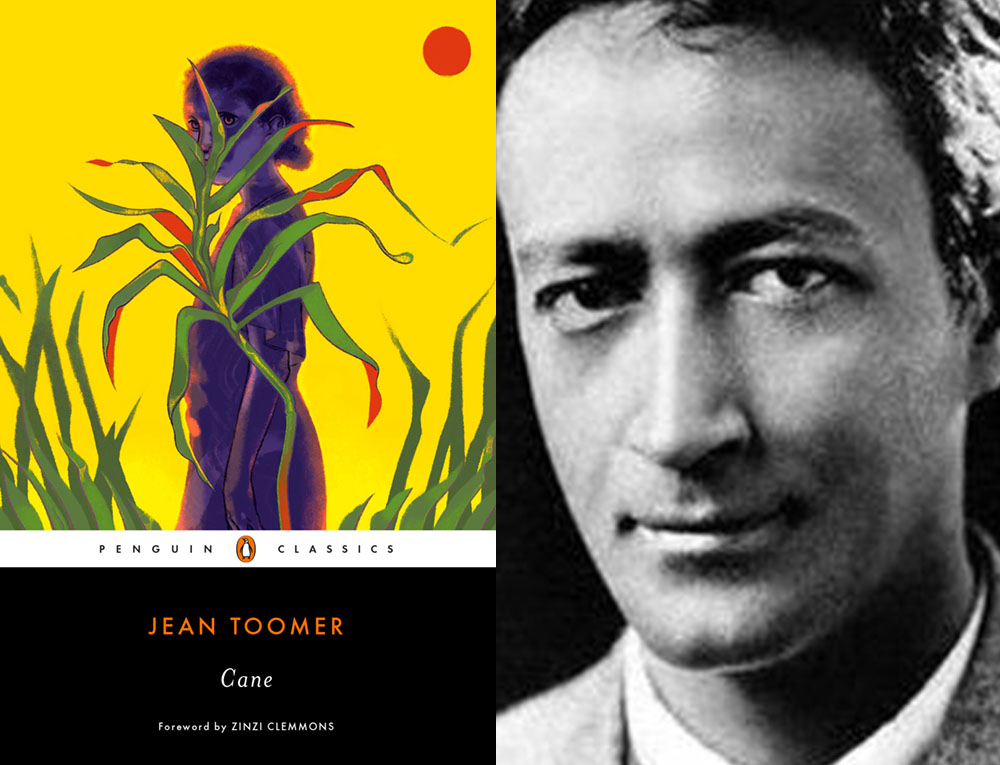Seeking Participants for Study on Asian and White Multiracial Individuals
2021-08-29
Hephzibah V. Strmic-Pawl, Ph.D., Associate Professor of Sociology
Manhattanville College. Purchase, New York
I am an associate professor at Manhattanville College conducting a study on how Asian and White multiracials feel about recent events related to anti-Asian discrimination.
I am looking for people to participate in a brief 28 question survey. The survey is completely anonymous (unless you choose to partake in a follow-up interview).
If you are interested in participating, please read for more details.
To participate in the study, you must meet the following requirements.
- You are between the ages of 18-30
- One of your biological parents is White and one of your biological parents is Asian.
- You currently or formerly identify as biracial/multiracial
Your participation in this study would be greatly appreciated. You may choose to end your participation in the study at any point without penalty.
Please take the survey here. By selecting the embedded link you are consenting to participate in the survey study
Your participation is voluntary.
If you have questions or are interested in participating, please contact me at hvsp@mville.edu.
Thanks very much,
Hephzibah Strmic-Pawl







